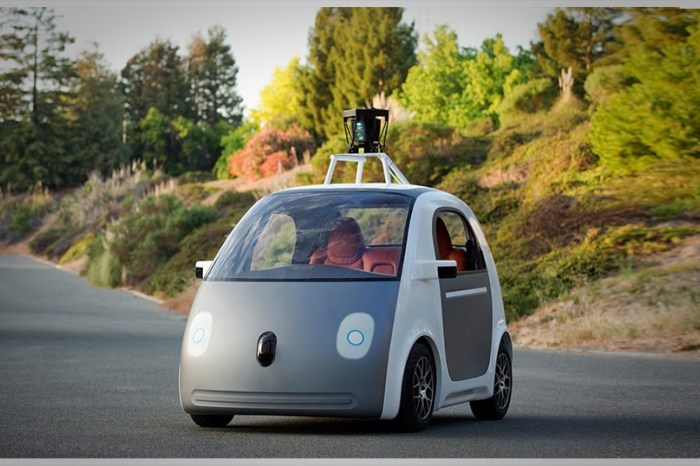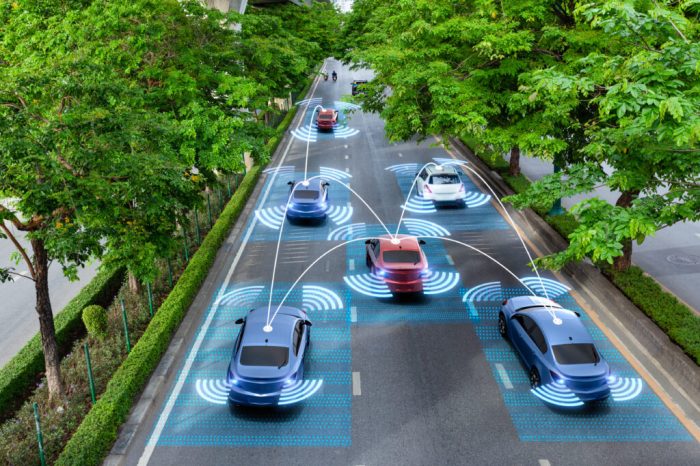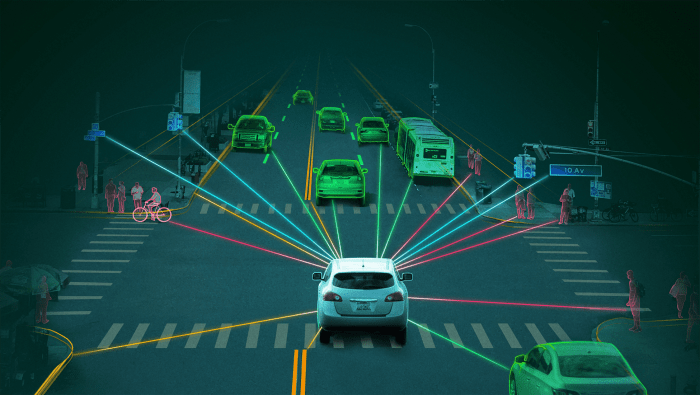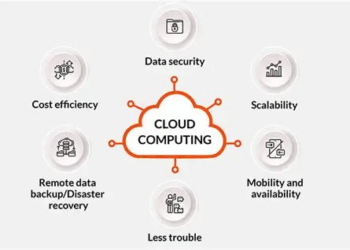
Embark on a journey into the future with the evolution of smart cars autonomous driving in 2025. Explore the cutting-edge technology and innovations that are reshaping the automotive industry, offering a glimpse of what lies ahead.
Delve into the advancements that are propelling autonomous driving forward, revolutionizing the way we commute and interact with vehicles.
The Current State of Smart Cars and Autonomous Driving
Smart cars today are equipped with a wide range of features that make driving safer, more convenient, and efficient. These vehicles are integrated with advanced technologies such as sensors, cameras, radar, and artificial intelligence systems to enhance the overall driving experience.
Technology and Features of Smart Cars
Smart cars come with features like adaptive cruise control, lane-keeping assist, automatic emergency braking, and parking assistance. These technologies work together to improve safety on the road and provide a more comfortable driving experience for the users.
Level of Autonomy in Vehicles Today
The current level of autonomy in vehicles ranges from Level 1 to Level 4, as defined by the Society of Automotive Engineers (SAE). Most cars on the road today are at Level 1 or Level 2, where the driver is still required to be fully engaged and in control of the vehicle.
However, there are some vehicles with advanced driver-assist systems that can operate at Level 3 under certain conditions.
Advancements in Autonomous Driving
From the past to the present, there have been significant advancements in autonomous driving technology. Early systems focused on basic features like cruise control, while today’s smart cars can perform more complex tasks such as self-parking, changing lanes, and even navigating through traffic jams with minimal driver input.
These advancements have brought us closer to fully autonomous vehicles that can operate without any human intervention.
Predictions for 2025

In 2025, smart cars are expected to undergo significant technological advancements that will further enhance their capabilities and safety features.
Expected Technological Advancements
By 2025, smart cars are predicted to have improved sensors and cameras, allowing for better detection of obstacles, pedestrians, and other vehicles on the road. The integration of artificial intelligence and machine learning algorithms will also enable these vehicles to make faster and more accurate decisions in real-time.
Impact of 5G Technology
The introduction of 5G technology will revolutionize autonomous driving by providing ultra-fast and reliable connectivity. This will enable smart cars to communicate with each other and with infrastructure systems, leading to improved traffic management, enhanced navigation, and increased safety on the roads.
Potential Challenges
Despite the advancements, there are potential challenges that may hinder the progress of smart cars in 2025. Issues related to cybersecurity, privacy concerns, regulatory frameworks, and public acceptance are some of the key challenges that need to be addressed to ensure the successful integration of smart cars into mainstream transportation.
Safety and Regulation

Autonomous vehicles are equipped with various safety measures to ensure the well-being of passengers, pedestrians, and other road users. These safety features include sensors, cameras, radar, and lidar systems that continuously monitor the vehicle’s surroundings. In the event of a potential collision, autonomous vehicles can react much faster than human drivers, potentially avoiding accidents altogether.
Safety Measures in Autonomous Vehicles
- Collision Avoidance Systems: Autonomous vehicles are equipped with advanced collision avoidance systems that can detect potential hazards and take evasive action to prevent accidents.
- Redundant Systems: To ensure safety, autonomous vehicles often have redundant systems in place, so if one system fails, there is a backup to maintain control of the vehicle.
- Constant Monitoring: The sensors and cameras on autonomous vehicles are constantly monitoring the surroundings, providing a 360-degree view of the environment to detect any potential dangers.
Laws and Regulations
- Government Oversight: Regulatory bodies are working to establish guidelines and regulations for the deployment of autonomous vehicles on public roads to ensure safety and compliance.
- Testing and Certification: Autonomous vehicle manufacturers must undergo rigorous testing and certification processes to demonstrate the safety and reliability of their vehicles before they can be allowed on the roads.
- Data Privacy: Regulations are being developed to address data privacy concerns related to the collection and storage of data by autonomous vehicles, ensuring that personal information is protected.
Ethical Considerations
- Decision-Making Algorithms: Autonomous vehicles are programmed to make split-second decisions in potentially dangerous situations. Ethical considerations arise in determining how these decisions are made and who is responsible in the event of an accident.
- Liability Issues: With autonomous vehicles, the question of liability in the event of an accident becomes more complex. Regulations need to address the allocation of responsibility between the vehicle manufacturer, software developer, and the human occupants.
- Public Trust: Building public trust in autonomous vehicles is crucial for widespread adoption. Ethical considerations play a significant role in shaping public perception and acceptance of this new technology.
Infrastructure and Connectivity

Smart cars rely on a robust infrastructure to function optimally and safely. This includes a combination of physical infrastructure like roads and sensors, as well as digital infrastructure for communication and data exchange.
Connectivity Between Smart Cars
Smart cars interact with each other through Vehicle-to-Vehicle (V2V) communication systems. These systems allow vehicles to share information such as speed, position, and braking status in real-time. This enables smart cars to anticipate potential hazards and coordinate movements to improve safety and efficiency on the road.
Connectivity with the Environment
In addition to communicating with each other, smart cars also interact with the environment through Vehicle-to-Infrastructure (V2I) technology. This involves connecting vehicles to traffic lights, road signs, and other infrastructure elements to receive important data and instructions. For example, smart cars can receive traffic updates, weather alerts, and road condition information to adjust their driving behavior accordingly.
Role of IoT in Enhancing Connectivity
The Internet of Things (IoT) plays a crucial role in enhancing connectivity for autonomous vehicles. IoT devices embedded in smart cars enable them to communicate with each other, infrastructure elements, and central control systems. This connectivity allows for real-time data exchange, remote monitoring, and autonomous decision-making processes.
By leveraging IoT technology, smart cars can navigate complex traffic scenarios, optimize routes, and enhance overall road safety.
Outcome Summary
As we conclude our exploration of the evolution of smart cars autonomous driving in 2025, it’s evident that the future is brimming with possibilities. The convergence of technology and automotive engineering is set to redefine transportation as we know it, paving the way for a new era of mobility.
FAQ Section
What safety features are present in autonomous vehicles?
Autonomous vehicles are equipped with features such as collision avoidance systems, adaptive cruise control, and lane departure warning to ensure passenger safety.
How do smart cars interact with their environment?
Smart cars utilize sensors and cameras to detect obstacles, traffic signals, and road signs to navigate through their surroundings.
What ethical considerations are associated with autonomous vehicles?
Ethical dilemmas include issues like how autonomous vehicles make split-second decisions in potential accident scenarios and the liability of manufacturers in case of accidents.














